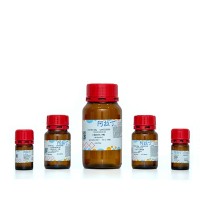The Determination of Trace Elements in Biological and Environmental Samples Using Atomic Absorption Spectroscopy
互联网
473
The determination of trace metal concentration is a common procedure m environmental and biological sciences. Analytical methods available include atomic absorption spectroscopy (AAS), inductively coupled plasma spectroscopy (ICP), neutron activation analysis (NAA), emission spectroscopy, and X-ray fluorescence (1 ). AAS, incorporating both flame and electrothermal techniques, is the most convenient for routine laboratory use and is therefore the method described here. Atomic absorption is the process that occurs when a ground state atom absorbs energy in the form of light of a specific wavelength and is elevated to an excited state The relationship between the amount of light absorbed and the concentration of analyte present in known standards can be used to determine unknown concentrations by measuring the amount of light they absorb. A schematic diagram of the basic instrumentation is set out in Fig, 1. Common environmental matrices encountered by the analyst include surface water, sediment, soil, vegetation, and animal and plant tissues (see Chapters 27). In clinical and occupational health, soft tissues, hair, blood, feces, urme, and sweat may also be analyzed. However, irrespective of the sample matrix or instrument used, the provision of adequate quality control procedures durmg sampling, dissection, storage, digestion, and extraction is central to good laboratory practice (GLP) and the validity of the subsequent analysis.








